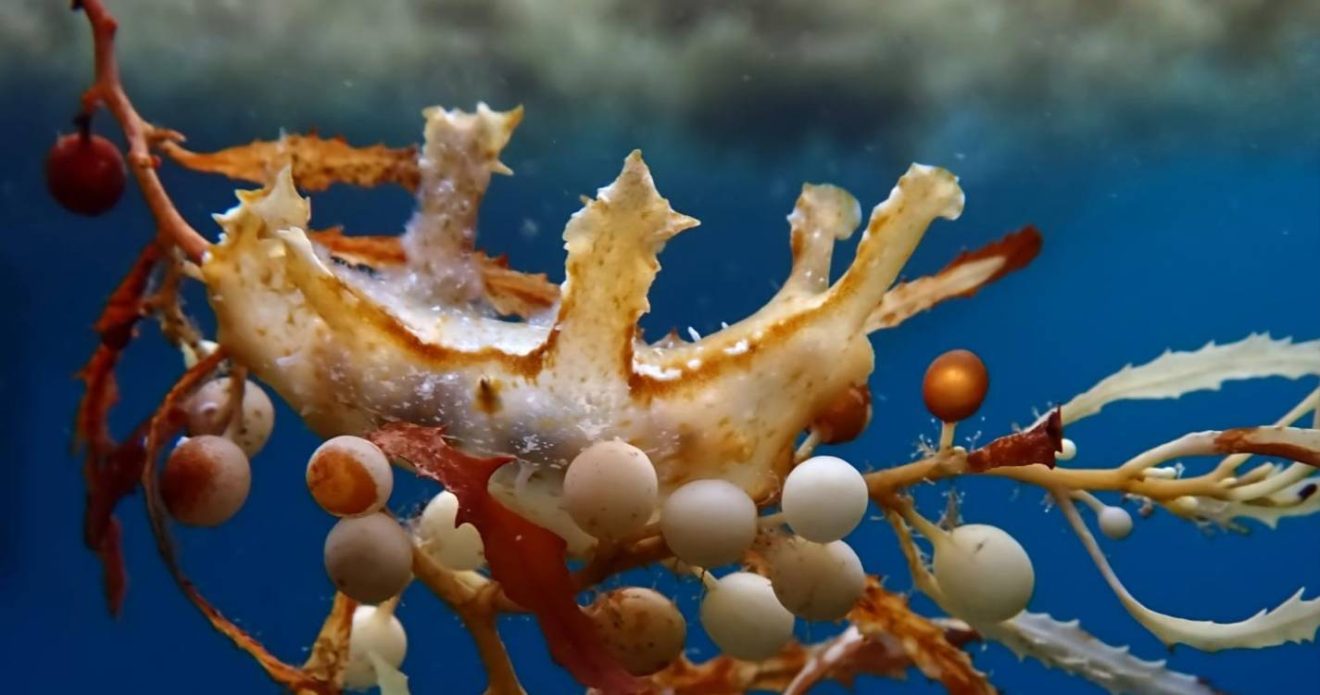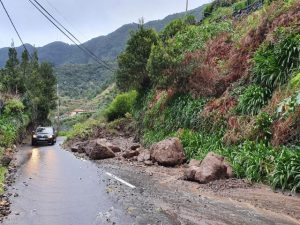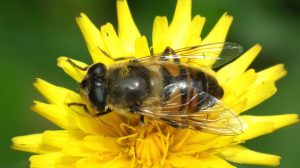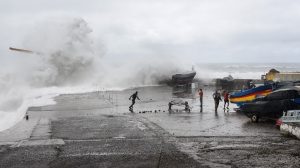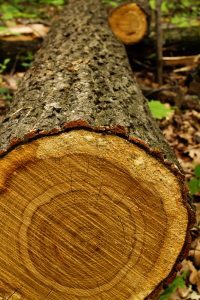The presence of pelagic sargassum (Brown Algae) in the archipelago of Madeira has given rise to a collaborated publication with scientists from the Natural History Museum.
Since August 2023, conservationists have been recording the atypical presence of large quantities of pelagic sargassum in the waters of the Madeira archipelago, having also verified the existence of fauna associated with these brown algae.
After collecting samples on the islands of Madeira, Porto Santo, and Desertas, it was concluded that the masses that have washed ashore are composed of the two species of pelagic sargassum, Sargassum natans, and Sargassum fluitans, the second being a new species for Madeira’s geographical area (subtropical Eastern Atlantic).
Several different species of sargassum-associated fauna were also found, including a crab (Planes minutus), two species of shrimp (Latreutes fucorum and Hippolytes coerulescens) and a sea slug (Scyllaea pelagica).
Of these, two species, Hippolytes coerulescens (Shrimp) and Scyllaea pelagica (Sea Slug), are new to the archipelago of Madeira.
As these data are relevant to the study of the marine biodiversity of our archipelago, two conservators from the Natural History Museum, together with researchers from other institutions (University of Madeira, University of Algarve, and MARE Madeira), submitted for publication, in January 2024, in the Journal of the Marine Biological Association of the United Kingdom, an article on the ‘Presence of pelagic sargassum and associated species in the waters of the archipelago of Madeira.
However, the algae can form massive rifts across the ocean and swamp beaches, causing an increase in flies and mosquitoes. On the upside, this algae creates amazing ecosystems and can be used commercially as animal feed, fertilizer, fuel, and as an energy generator.
Samantha Gannon
info at madeira-weekly.com

